Deep in the rugged highlands of South Sulawesi, Indonesia, the Toraja people have maintained funeral traditions that blur the line between the living and the dead. Their cliffside hanging graves and the macabre ritual of "walking corpses" have fascinated anthropologists for decades, presenting a cultural paradox where death is neither abrupt nor absolute. Unlike Western funerary practices that emphasize finality, Torajan beliefs weave the deceased into the fabric of daily life for years—sometimes decades—before their ultimate burial.
The most visually striking aspect of Toraja culture is their hanging graves, where wooden coffins dangle precariously from limestone cliffs. These suspended tombs are no accident of erosion; they are meticulously carved into rock faces to elevate the dead closer to the heavens. What appears to outsiders as a perilous sepulchral arrangement is, for the Toraja, a sacred act of spatial poetry. The cliffs serve as a vertical conduit between Puya (the afterlife) and Earth, with higher placements indicating greater status. Some burial sites like Londa feature century-old coffins that have weathered into skeletal fragments, while newer ones display elaborate carvings of buffalo horns—a symbol of wealth in this buffalo-obsessed society.
But the true enigma lies in their treatment of the recently deceased. Torajans practice mamiri, a months-to-years-long period where corpses are considered merely "sick" rather than dead. During this liminal phase, bodies are preserved with formaldehyde and regularly dressed, fed, and even spoken to as household members. This practice stems from the belief that the soul’s journey to Puya requires enormous spiritual and financial preparation. Families must save for extravagant funerals—often costing tens of thousands of dollars—where hundreds of guests feast for days and dozens of buffalo are sacrificed. Until these rites are completed, the deceased remain tomakula, or "the one who is being cared for."
The most startling manifestation of this belief occurs during ma’nene’, the ritual of exhuming corpses every few years. Families retrieve their ancestors’ mummified remains, clean and redress them, then parade them through villages. In 2017, images of a cigarette-smoking Toraja mummy went viral, showcasing how casually the living interact with the preserved dead. This "second funeral" reinforces kinship ties across generations, with some mummies reportedly standing upright during processions—a phenomenon locals attribute to supernatural intervention rather than rigging.
Western observers often fixate on the walking corpse legend, where shamans (called to minaa) allegedly guide recently deceased individuals to their burial sites. While anthropologists debate whether this reflects literal belief or allegory, the Toraja’s comfort with cadres is undeniable. In remote villages, some keep exhumed ancestors in special rooms, bringing them offerings of food, betel nut, and even smartphones—modern twists on ancient animist customs. This ongoing dialogue with the dead reflects a worldview where mortality is a gradual transition rather than an abrupt departure.
Climate change now threatens these traditions. Unseasonal rains during funeral seasons disrupt ceremonies, while erosion destabilizes cliffside graves. Younger Torajans migrating to cities increasingly opt for quicker Christian burials, though many still return for ma’nene’ rituals. The Indonesian government has designated Toraja funeral sites as UNESCO candidates, but some elders resist commercialization of sacred practices. As one to minaa told researchers: "Our graves are not tourist attractions—they are ladders for souls." This tension between preservation and authenticity underscores the fragility of a culture that has, for centuries, built its identity around death’s slow dance with life.
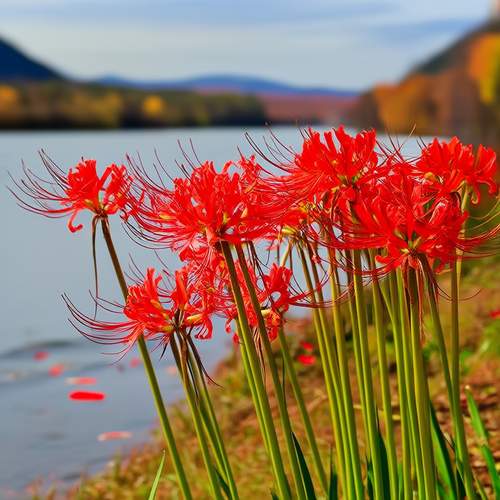
By /May 21, 2025
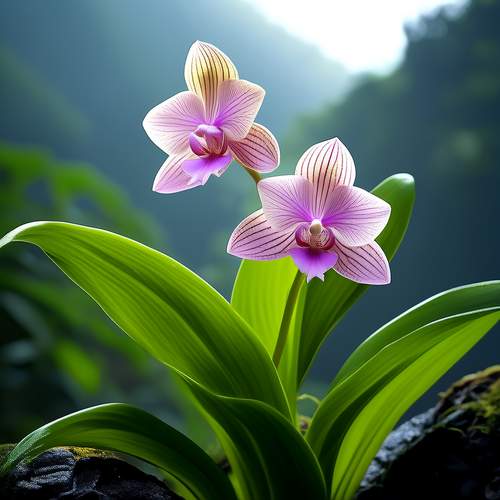
By /May 21, 2025
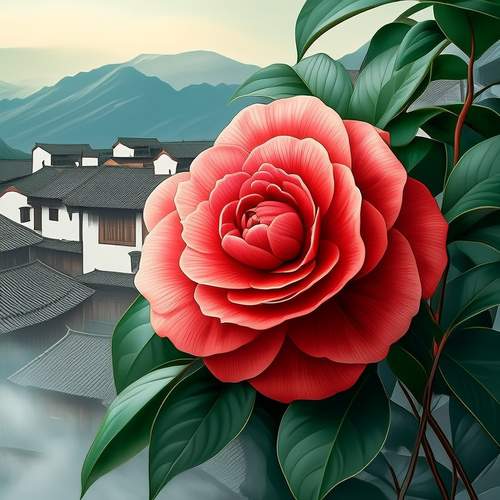
By /May 21, 2025

By Benjamin Evans/May 20, 2025
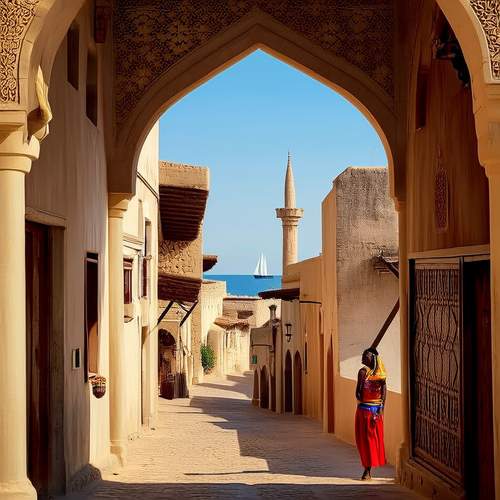
By /May 11, 2025
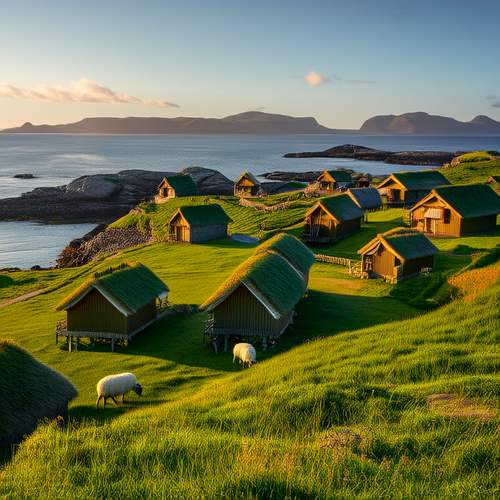
By /May 11, 2025
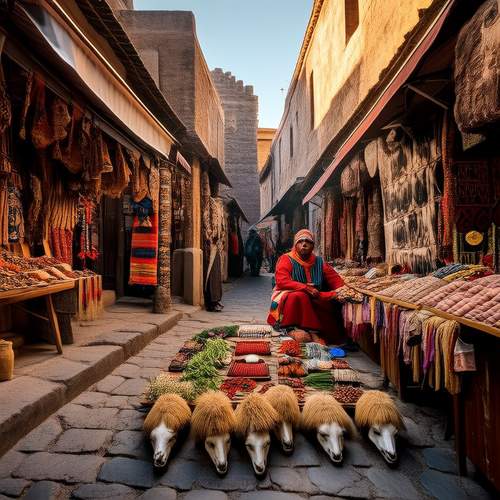
By /May 11, 2025
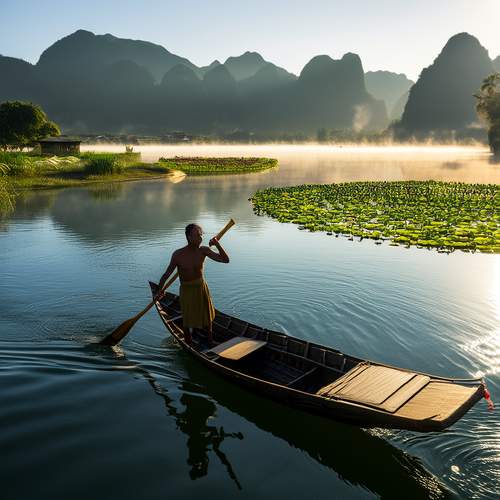
By /May 11, 2025
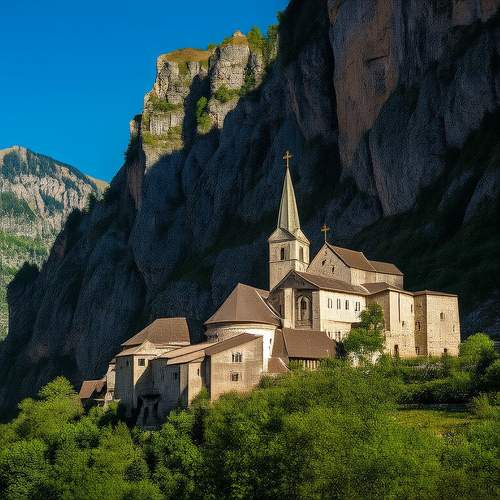
By /May 11, 2025

By /May 11, 2025
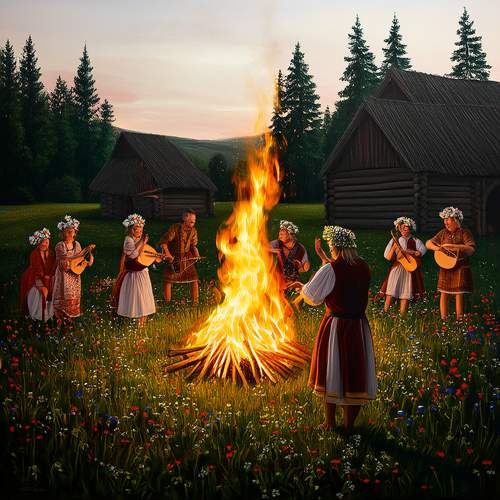
By /May 11, 2025
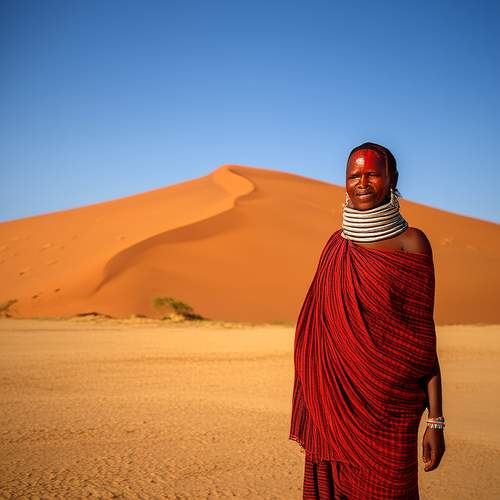
By /May 11, 2025
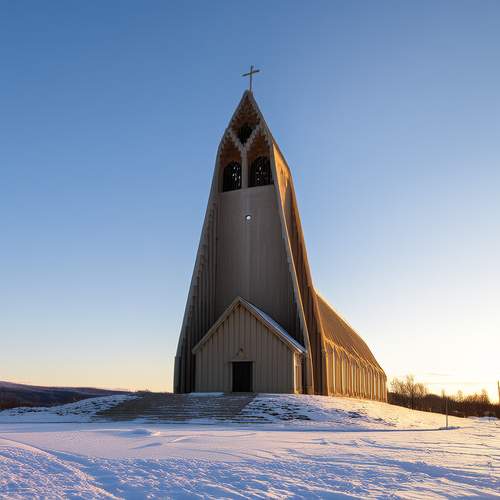
By /May 11, 2025
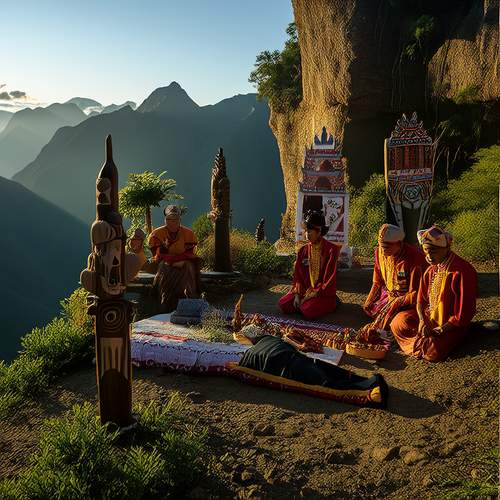
By /May 11, 2025
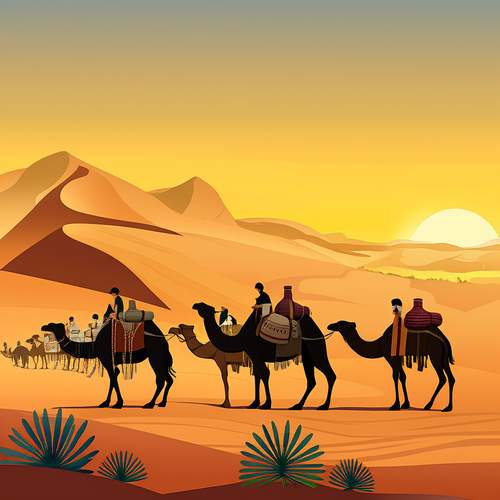
By /May 11, 2025
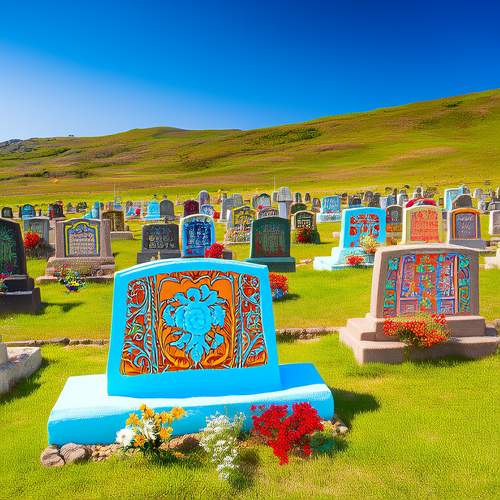
By /May 11, 2025
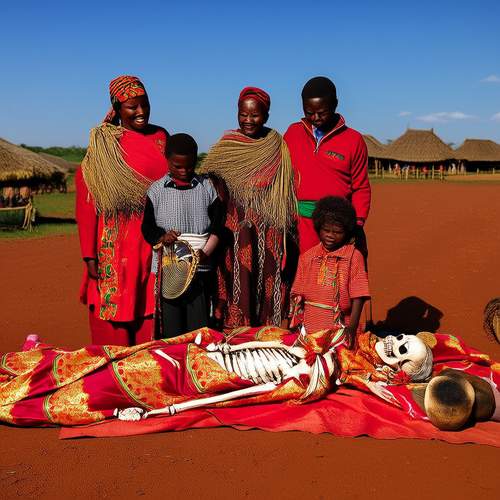
By /May 11, 2025
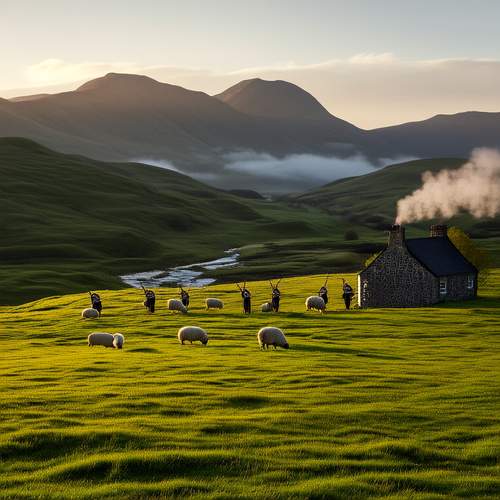
By /May 11, 2025
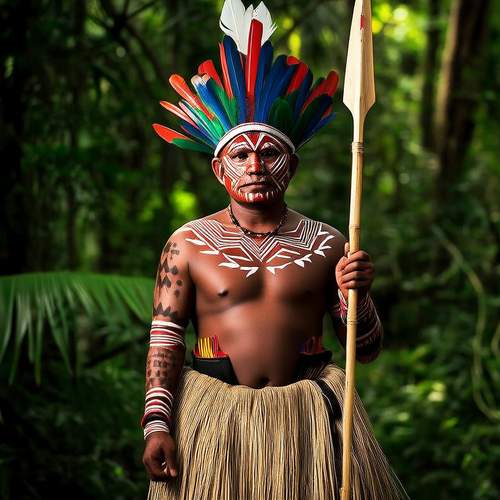
By /May 11, 2025
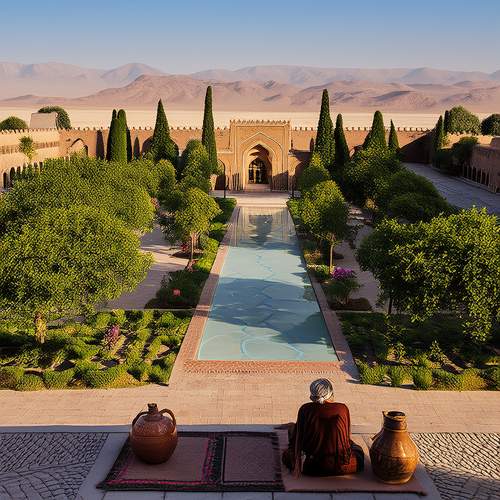
By /May 11, 2025